Breast Cancer Screening: A Comprehensive Guide to Early Detection
Breast cancer screening is a vital process for the early detection of breast cancer, which can significantly improve treatment outcomes and survival rates. Regular screening helps detect the disease before symptoms appear, allowing for early intervention when treatment is often more effective. In this comprehensive guide, we’ll cover the types of breast cancer screening tests, when to start screening, and how early detection can save lives.
1. What is Breast Cancer Screening?
Breast cancer screening is a medical process used to check for signs of breast cancer in women who do not have any noticeable symptoms. Early detection through screening tests, such as mammograms, can catch breast cancer at an early, treatable stage, even before physical symptoms develop. This process can help reduce the mortality rate from breast cancer by identifying it early when it is most manageable.
2. Why is Early Detection Crucial for Breast Cancer?
Early detection of breast cancer plays a critical role in improving survival rates. When breast cancer is caught at an early stage, treatments such as surgery, radiation, or chemotherapy are often more effective. Early detection can also allow for less aggressive treatment options and a better overall prognosis. Women diagnosed in the early stages of breast cancer have a much higher chance of survival compared to those diagnosed at more advanced stages.
3. Breast Cancer Screening Tests
Several screening tests are available to detect breast cancer. Below are the most common methods:
Mammogram
- Mammograms are X-ray images of the breast and are the most commonly used screening tool for breast cancer. They can detect small changes in the breast tissue before a lump is felt. Mammograms are typically recommended for women over the age of 40 and should be performed annually or biennially.
Breast MRI (Magnetic Resonance Imaging)
- A Breast MRI uses magnets and radio waves to create detailed images of the breast tissue. It is typically recommended for women at high risk of breast cancer, such as those with a family history of the disease or genetic mutations like BRCA1 or BRCA2.
Ultrasound
- Breast ultrasound is often used as a follow-up test to a mammogram to further examine an area of concern. It is particularly useful in women with dense breast tissue.
Clinical Breast Exam (CBE)
- A clinical breast exam is a physical examination performed by a healthcare provider to check for any abnormalities in the breasts. Although not a replacement for mammograms, CBEs are often used in conjunction with other screening tests.
Breast Self-Exams
- Breast self-exams (BSE) involve women checking their own breasts for lumps or changes. Although not a substitute for professional screening, self-exams can help women become familiar with their breast tissue and detect changes.
Breast Cancer Screening Comparison Table
| Screening Test | Description | Recommended for | Frequency |
|---|---|---|---|
| Mammogram | X-ray of the breast to detect abnormalities | Women over 40, especially those at high risk | Every 1-2 years |
| Breast MRI | Detailed images using magnets and radio waves | High-risk women (e.g., with BRCA mutations) | Annually |
| Breast Ultrasound | Uses sound waves to create detailed images | Follow-up after mammogram, women with dense breasts | As needed |
| Clinical Breast Exam (CBE) | Physical exam by a healthcare provider | Women of all ages | Every 1-3 years |
| Breast Self-Exams | Self-exam to detect any noticeable changes | Women of all ages | Monthly |
4. When Should You Start Breast Cancer Screening?
The American Cancer Society recommends that women begin annual mammograms at age 45. Women aged 40-44 may choose to begin screening if they wish. However, those with a higher risk of breast cancer, such as those with a family history of the disease or genetic mutations, may need to start screening earlier or undergo additional tests, like MRI. It's important to consult with your doctor to determine the best time to begin screening based on your personal health history.
5. Key Takeaways
- Breast cancer screening is essential for early detection, which significantly improves the chances of successful treatment.
- Mammograms are the most common screening tool, but other tests like breast MRIs, ultrasounds, and clinical exams may also be necessary.
- Early detection through regular screenings is crucial for reducing breast cancer mortality rates.
Explore
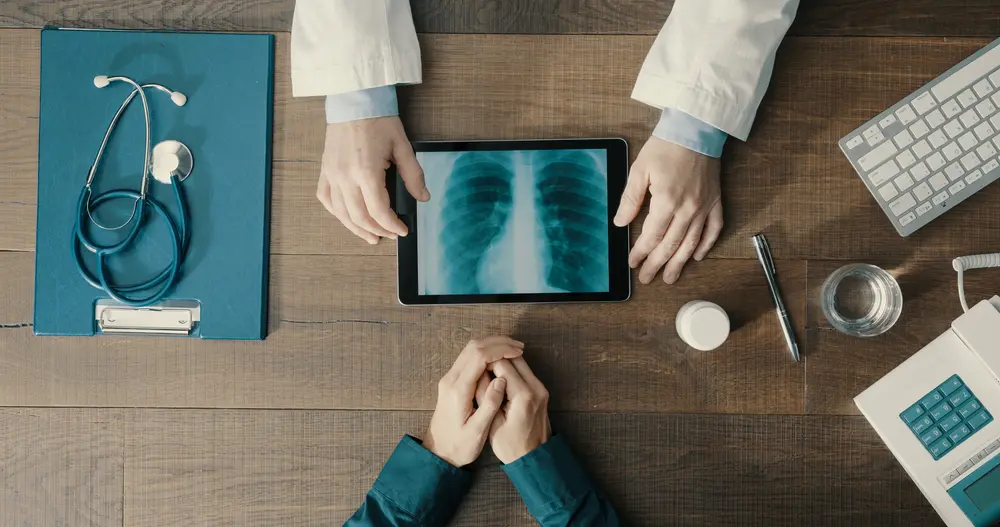
The Ultimate Guide to Cancer Screening: Early Detection Saves Lives
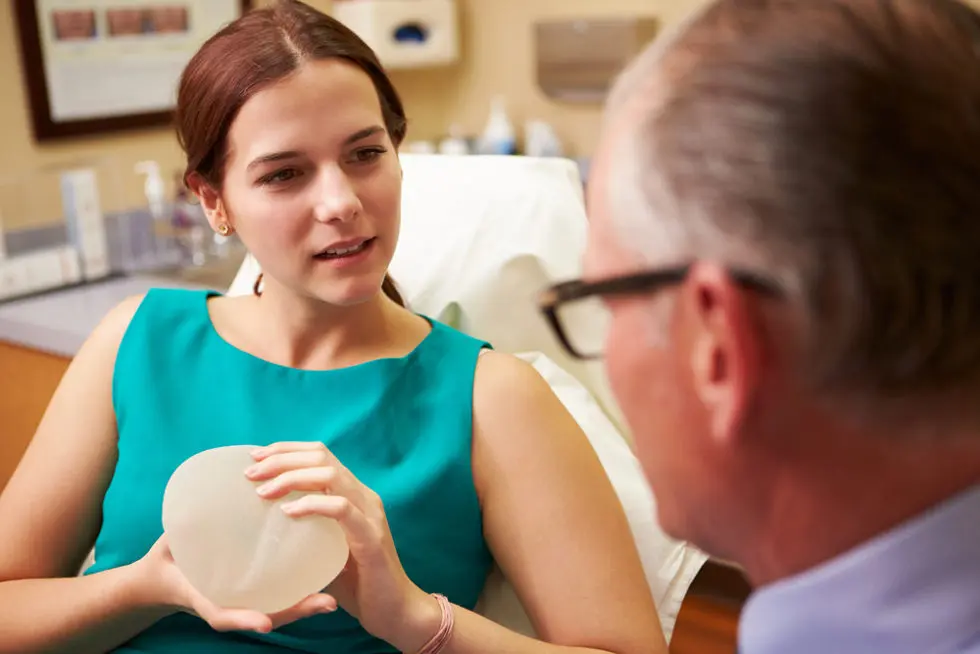
Breast Enlargement Finance: Affordable Options for Your Aesthetic Goals

Online Colleges for Early Childhood Education: Advancing Your Career in Child Development
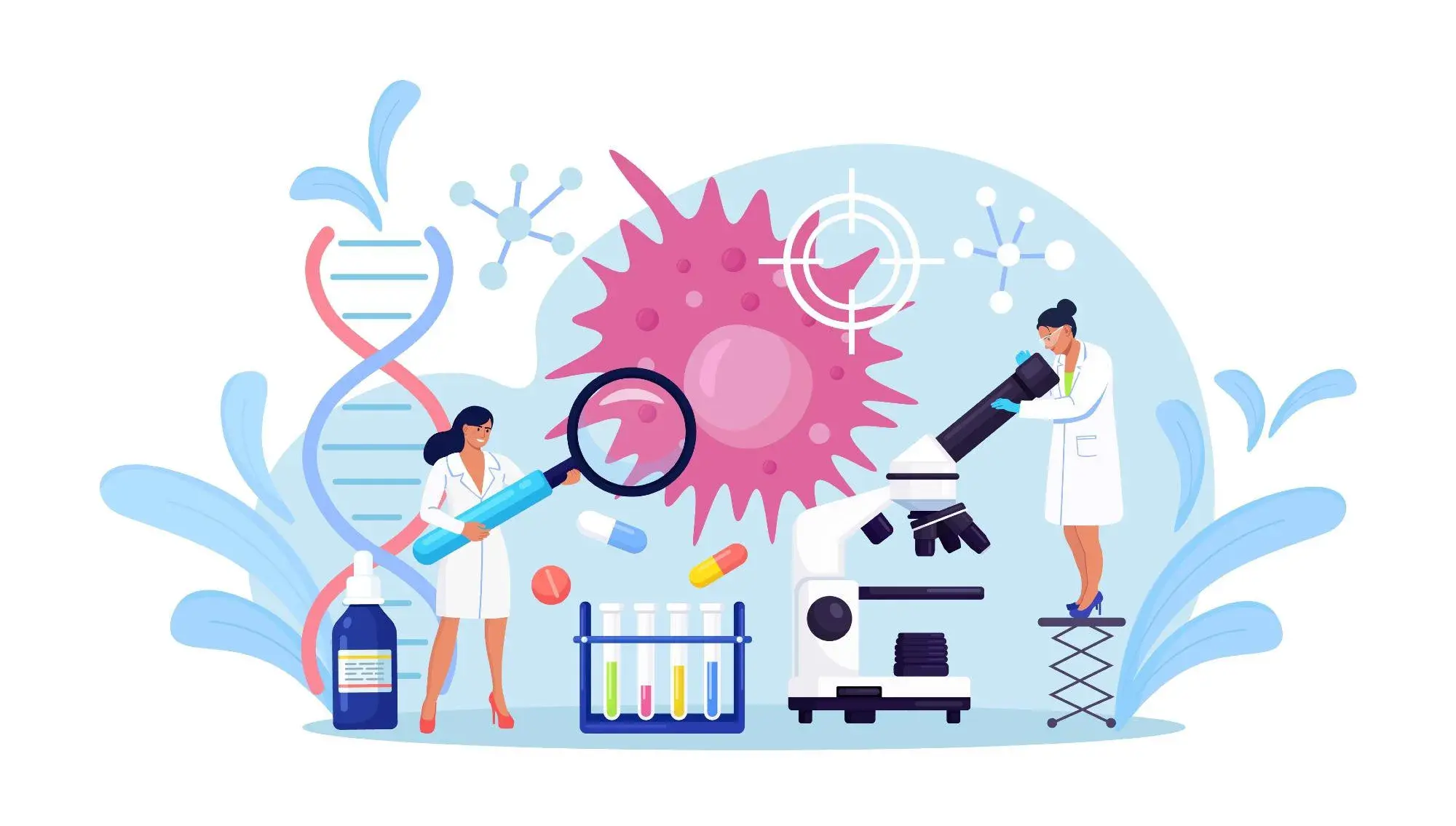
Cancer Treatment Breakthroughs: What’s on the Horizon in 2025?

Mental Health and Cancer Care: The Importance of Emotional Support During Treatment
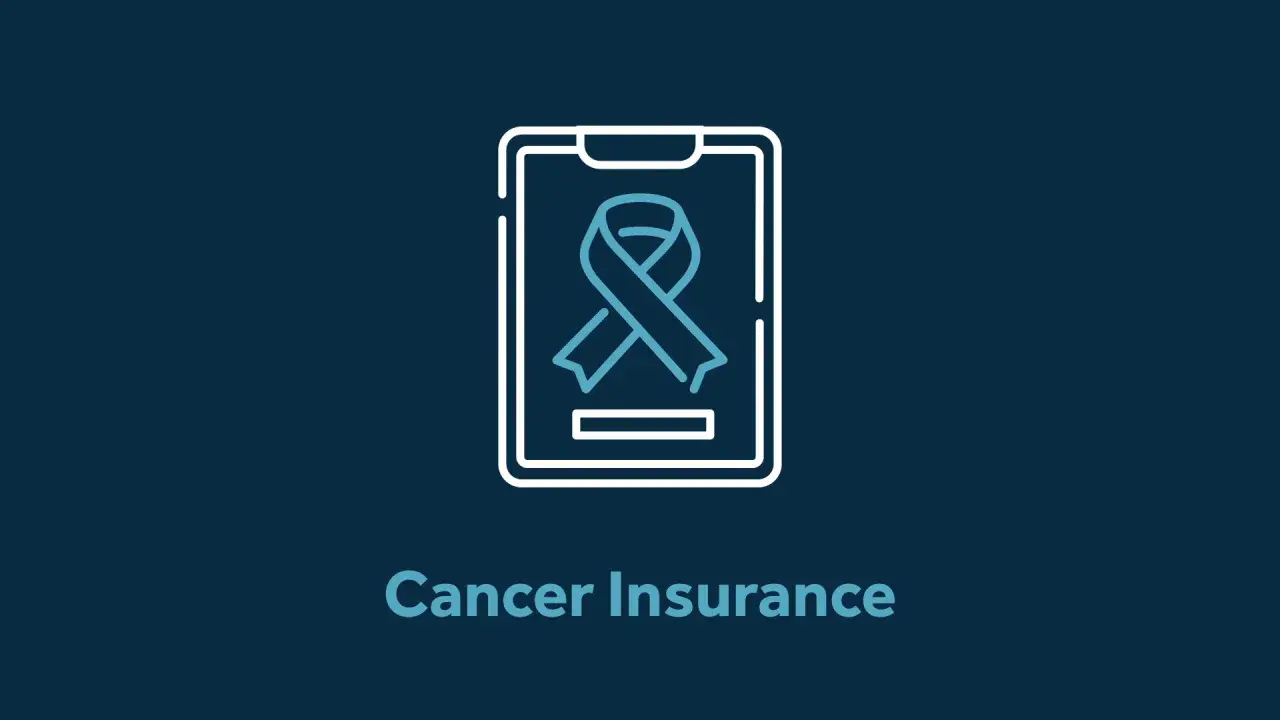
Understanding Cancer Insurance: Why It's Essential for Your Health Coverage
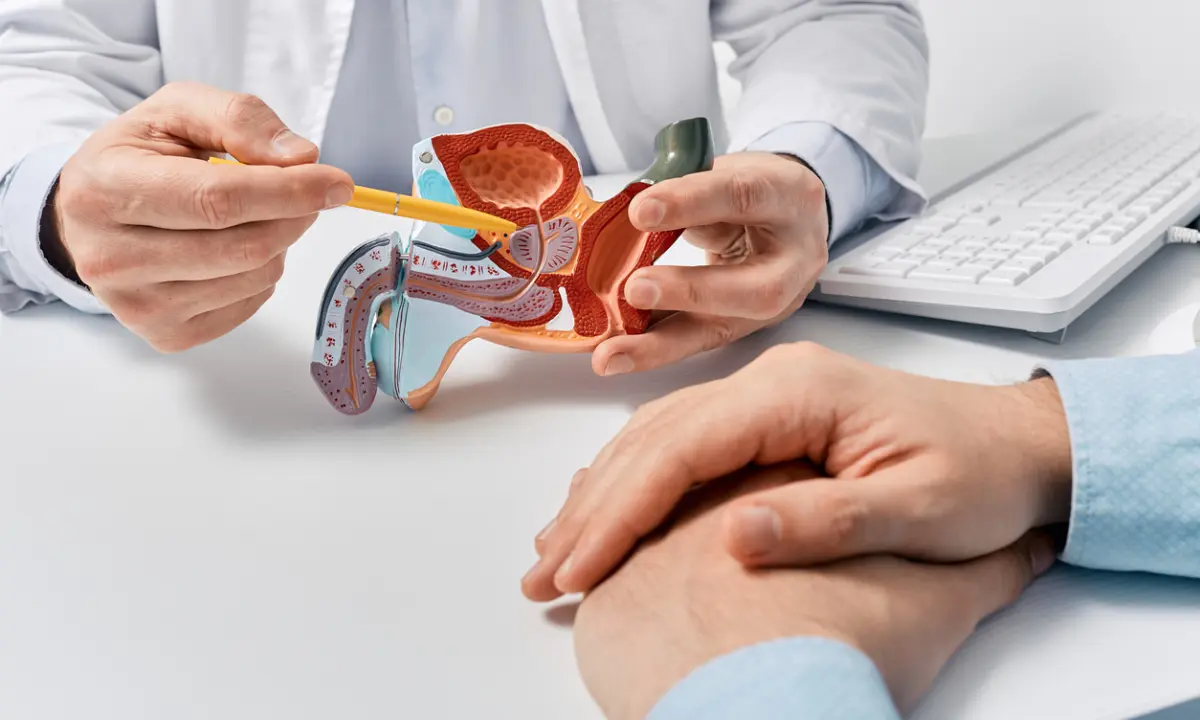
New Breakthroughs in Advanced Prostate Cancer Treatment
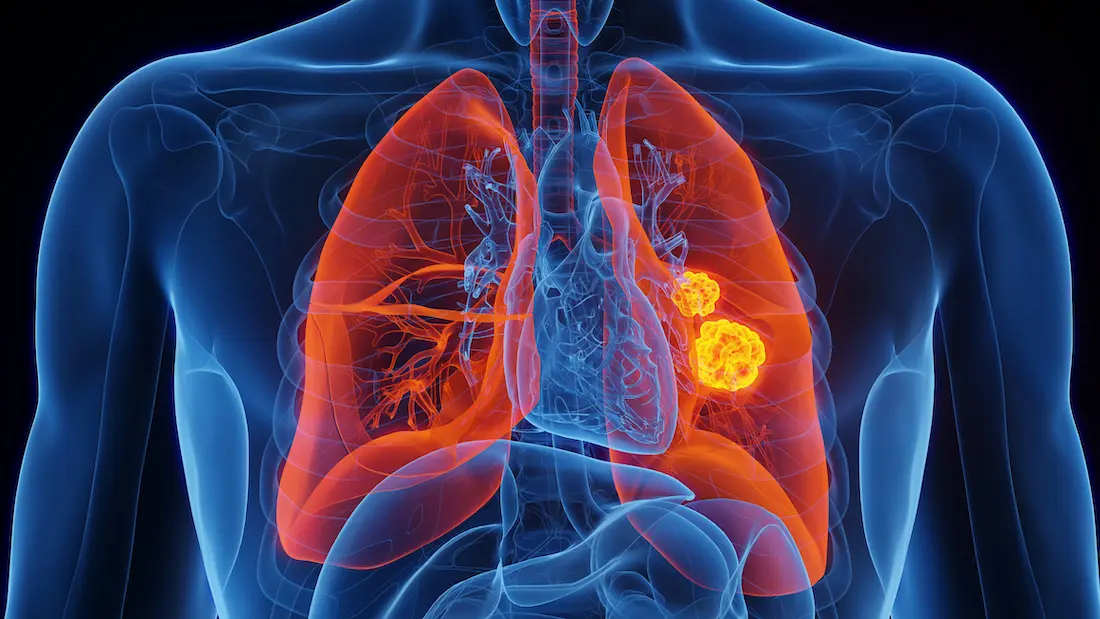
Best Treatment Options for Lung Cancer in 2025
